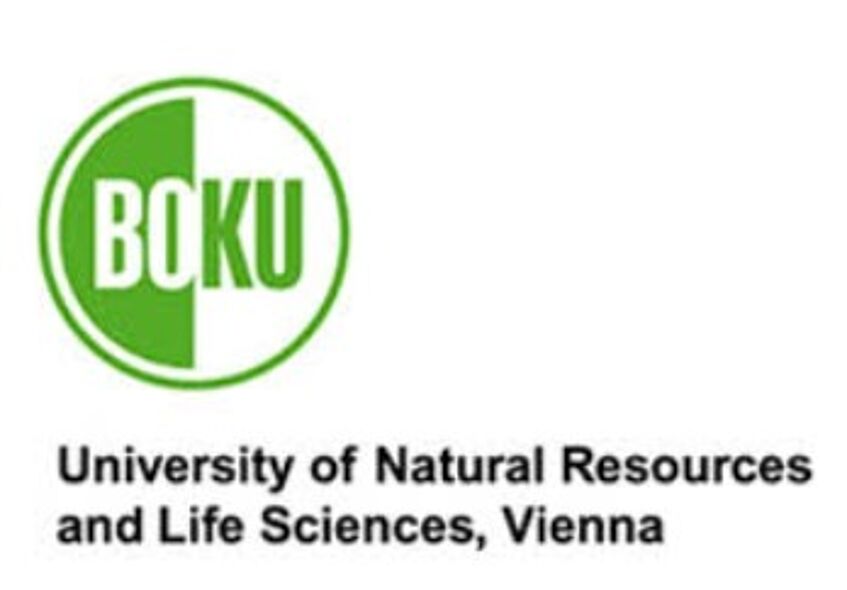PTLiquid: Entwicklung eines Verfahrens zur mikrobiologischen Nutzung von CO2 und H2 zur Gewinnung von Ethanol
The European Commission Roadmap 2050 for a low-carbon economy states that current greenhouse gas emissions must be reduced by 80–95% by 2050. To reach these targets, the entire energy system needs to be transformed and will need to include efficient conversion technologies. All potential renewable energies must be used, while simultaneously guaranteeing an uninterrupted energy supply for consumers. Because wind and solar energies are not constant, and because demand is not constant, a transition to a flexible energy system with a conversion to secondary energy carriers (fuels) will be necessary. Power to gas (P2G) is one suitable technology that can provide flexible energy networks coupled with conversion to fuels. A more recent version of this technology is power to liquid (P2L), which converts excess electricity into liquid fuel. The EU also has targets to blend 10% biofuels into transport fuels by 2020 (Renewable Energy Directive 2009/28/EC). First-generation biofuels (e.g. bioethanol from starch, biodiesel) have already helped reach this target, but they have had a limited impact on CO2 emissions. Due to Renewable Energy Directive II biofuels upon 2nd generation will only be supported. Second-generation biofuels, made from waste, are just starting to be produced at a large scale. Third-generation biofuels, based on algae, are being intensively studied. Now the fourth-generation biofuels are being researched, using CO2 as a carbon source. Previous processes using CO2 and H2 have focussed on methane production as well as direct hydrogen addition to the gas grid. The aim of the proposed research project is to develop a multi-step process to produce liquid fuels from CO2 and H2. This will allow CO2 waste streams to be used to produce liquid fuels, thereby contributing to the reduction of emissions in the transport sector. In a first step CO2 is bounded by carbonic anhydrase to hydrogencarbonate and used afterwards for acetate production. In a further step the acetate is reduced to ethanol. After determining the reaction kinetics of the individual process steps, the process will be modelled in detail, which will lay the groundwork for the development of a 2-step reactor system. This information will help optimise the reactor system and will allow an accurate scale up of the reactor system. The project will end with an LCA and an economic assessment of the process.
Duration: 01.07.2019 - 30.06.2021
Funding agency: University of Natural Resources and Life Sciences (BOKU), Vienna
Project leader: Dr. Günther Bochmann
Participants: Dr. Simon K.-M. R. Rittmann, Ipek Ergal, Barbara Reischl

